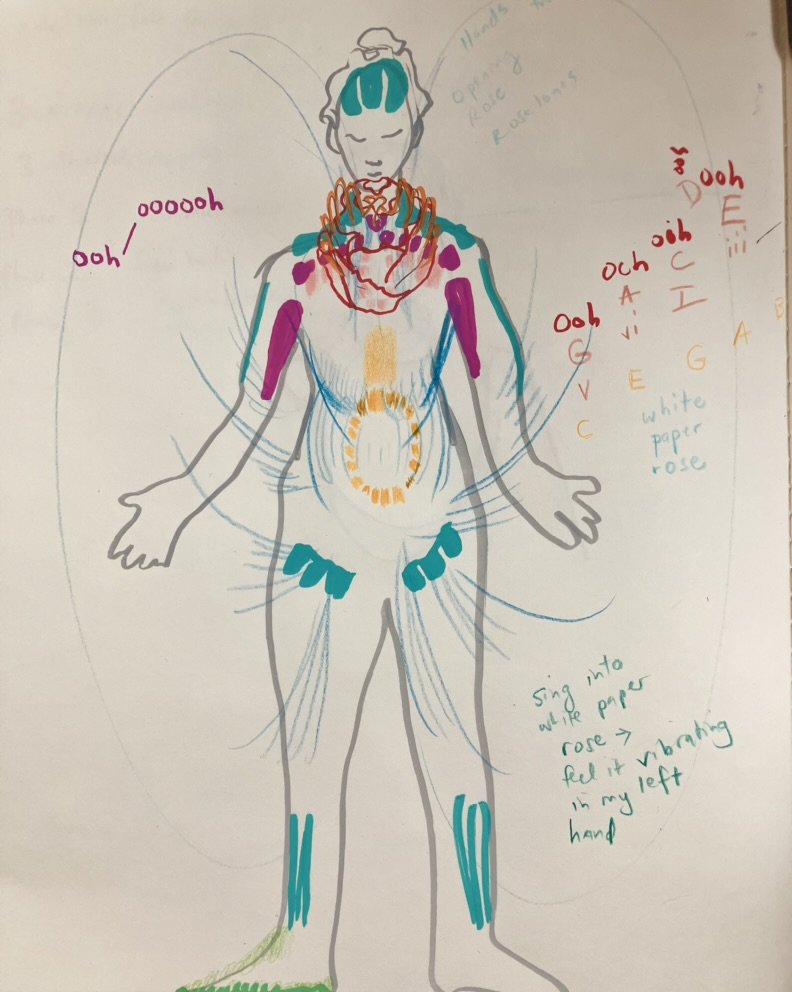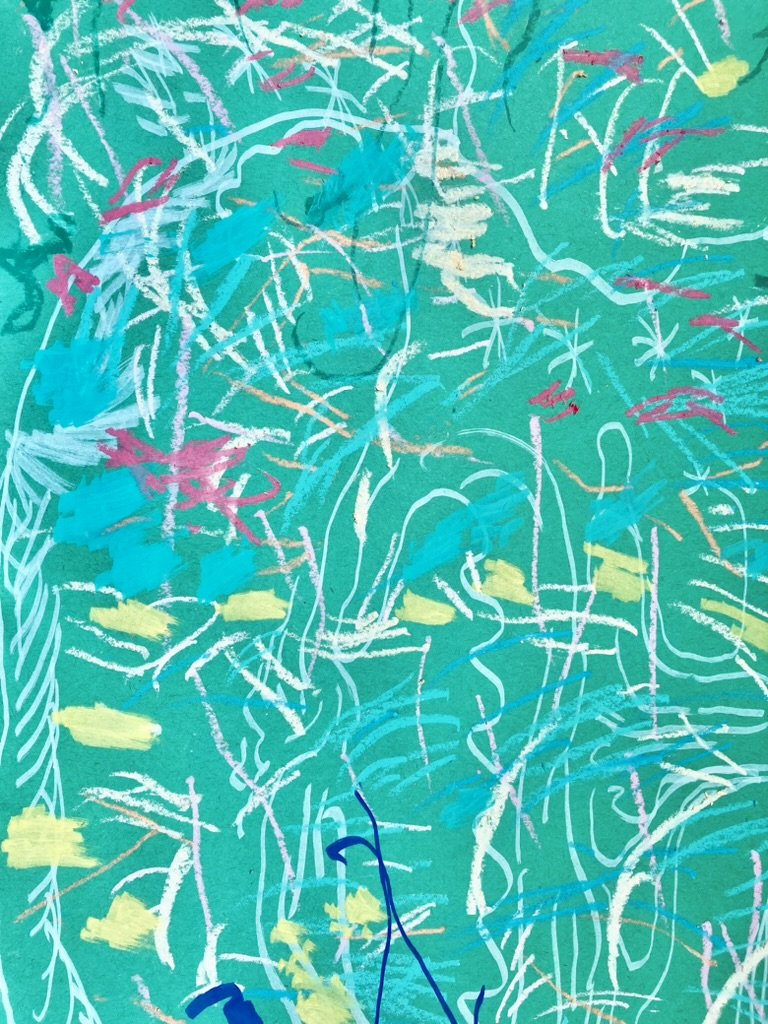Benefits of Expressive Arts Therapy
Like talk therapy, the Expressive Arts can be used for any therapeutic goal. Because EXA is experiential, it supports changes being embodied live during the session. We try on, practice and anchor our shifts in the now, supported by our bodies, inner imagery, and senses.
Further the Expressive Arts (EXA) can help a person create the following outcomes for themselves:
Embody deep feelings of security
EXA practices stimulate our senses, harmonize and balance the nervous system, and teach us how to attune and connect in relationship.
EXA allows us to anchor embodiment skills like grounding, centering, regulating, co-regulating, noticing, being curious, playing, expressing, boundaries, and integrating what we’ve learned bioneurologically.
Reside in a neuroception of safety
Using the arts, we rewire our polyvagal habits. EXA provides many enlivening, enjoyable and fun ways to master shifting between restriction/shutdown/activation, and more open-feeling, connective, regulated states (neuroception of safety).
Over time, we enter and stay longer in states of lively, playful, calm, connectedness (Self energy).
Experience mindfulness safely and creatively
Those of us with a history of trauma and/or attachment wounds often struggle to know at bioneurological levels that it is safe to let go of our habits of hypervigilance, numbing, or fleeing our body sensations.
These survival resources helped us get through what we needed to get through in the past, but they can make meditation and other practices requiring relaxation, focus, and consistency feel impossible.
The good news is, EXA restores the ability to be mindfully aware of emotions and senses, without getting flooded and overidentified with what we find inside. Safely experiencing our sensations, in turn, allows us to enjoy the nourishing flow state for longer and longer periods of time.
Anchor Secure Attachment
We need relatively secure attachment to be able to live life in the now moment. Otherwise our safety-finding strategies and burdened protector parts use most of our energy. We can use EXA to heal attachment wounds, including traumatic attachment.
Through EXA, we flow kind, playful, delighted and relationally attuned attention to ourselves, at first in the supportive context of a therapeutic relationship, then on our own. We become the Mother-Father-Self to our inner child.
Befriend and Becalm the Triggered State
When triggered, we are flooded with memories, body sensations, emotions, and thoughts that are kept alive in us by survival-oriented parts. These parts of us believe it’s necessary to re-activate and remember these bad experiences lest we forget the harm that can happen to us.
If we gradually increase our capacity to witness our triggeredness without getting carried away, we can disarm these triggers. We adjust to living in the now moment, where safety resides, more of the time.
EXA practices help us master the kind of gentle attention and engagement needed to befriend and unburden Parts of us that keep us trapped in the sensations and survival strategies of our past.
Bloom Socially and Creatively
Through EXA, we return to a natural growing process, which connects us socially and expands us creatively. Back in our bodies, feeling our bouncy resilience and our tendency towards joyful play, we are ready to connect, bond, co-create, and collaborate.
Expressive Arts for Embodiment
Trauma and attachment wounding stop our embodiment process in its tracks. We stay stuck, bound up, or caught in cycles of symptoms and addictions that manage those symptoms, until such time as we discover that it is genuinely safe in the here and now, to begin growing naturally again.
Trauma-informed Expressive Arts Therapy pioneer Dr. Cathy Malchiodi, PhD writes about Expressive Arts as a way to embody using movement, sound, story, and images. EXA restores capacity for enlivenment, joy, and resilience.
You can learn a lot more about why Expressive Arts is perfect for resolving trauma and healing attachment wounds from the horse’s mouth by delving into her work, and I recommend that you do!
For more on how I approach healing in expressive arts therapy sessions, please browse the links below:



